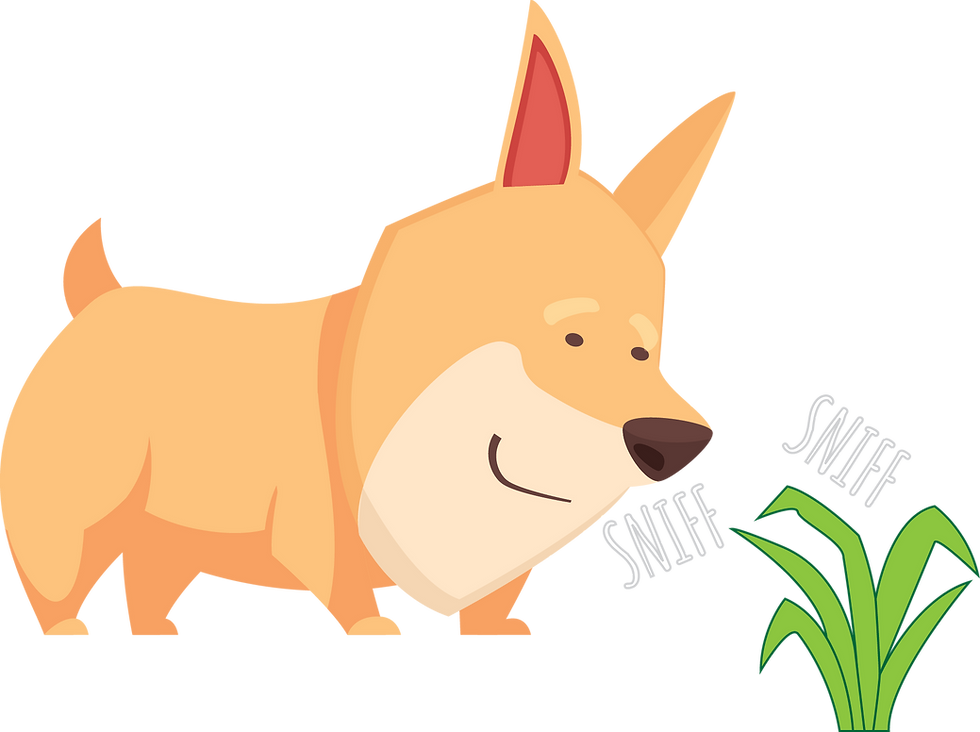Decompression walks & how they can change the life of your stressed, anxious, or reactive dog!
- craig630
- Sep 26, 2022
- 3 min read
What are they and why they are so important...?

We live in a busy world shaped by humans and expect our dogs to fit seamlessly into it.
Responsible new owners will take their puppy or older dog to classes or hire a 1-2-1 trainer, but sometimes, just like us, our dogs simply need a break from all the chaos.
You know that feeling after a busy day when you get home, slump into your sofa after shutting the door on the world "ahh... peace at last". Unfortunately, many dogs need a little more than just coming home because of how stress hormones work in their systems, this will be explained further down... so continue reading to find out why this is the case.
When our dogs become overwhelmed they have no way of telling us with words of course, so they communicate by their behaviours (Note: if your dog does in fact talk to you in human language, then I would suggest that this website is probably not the first place that you should be seeking advice from).
Often, stress signals in dogs are not spotted or simply ignored until our dogs react "I can't take anymore!" BARK!, BARK!, BARK!, BARK! or other more extreme reactions.
Subtle signs of stress on walks are:
Excessive lip licking (without food / treats present)
Excessive yawning
Excessive panting & drooling
Excessive blinking
Shaking off (when not wet)
Head low down
Tense body
Hyper alert (head rapidly looking in different directions)
Tail tucked
Stiff tail upright tail wag or wagging more towards the left
Runny stools
Refusing treats
Pacing
Mouth tightly shut
Hard stare
Furrowed brow
Whites of eyes showing (aka whale eye)
When we take our dogs for a walk in busy urban areas, there are an almost infinite number of sights, sounds and smells for our dogs to take in and often endure.
Traffic, other dogs, children screaming and often when they want to stop and sniff "No, come away!" while being yanked away by the length of rope that they're attached to.
Puppies and adolescent dogs are especially susceptible to becoming overwhelmed as their young, curious minds are trying to make sense of it all and explore our concrete landscape.
The science bit and what to do about it...
When a dog is stressed or anxious, chemicals such as cortisol and adrenaline are released.
This is an extremely unpleasant experience which can have a profoundly negative affect on the dogs physiology with repeated exposure when left unchecked.
Cortisol in particular, takes anywhere from 72 HOURS TO A WEEK to return to healthy levels, this only happens when there is NO further exposure to triggers in that timeframe.
In many cases of reactive dogs that I've worked with, there has never been a break sufficient enough for this to happen. Therefore these dogs suffer from persistent anxiety and stress on a daily basis (aka chronic stress).
Activities that can alleviate stress are things like chewing, sniffing and licking. These are calming activities that help to drop the heart rate and release the calming chemical called Dopamine.
So, a great way to give your dog a reset and get rid of that pesky cortisol is to take your dog for a quiet walk each day at either a quiet park or quiet woodland area if available, on a long leash and just let them sniff and... be a dog!
It's like going on a relaxing holiday for them AND sniffing is actually mentally tiring!
If your dog is stressed or anxious when outside, try this for up to a week and see if you notice the difference in their behaviour.
...if your dog is reactive to certain triggers then get in touch and I can help!








Comments